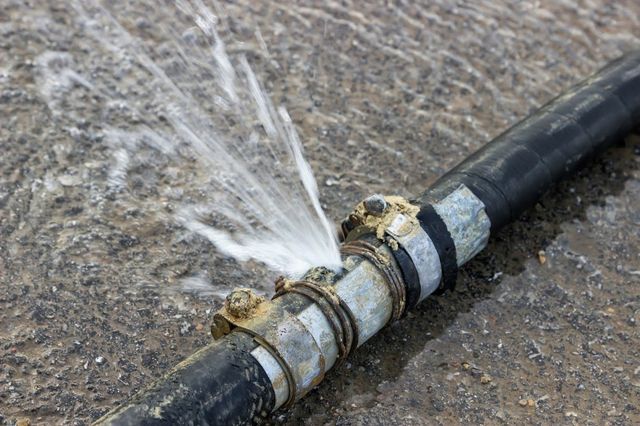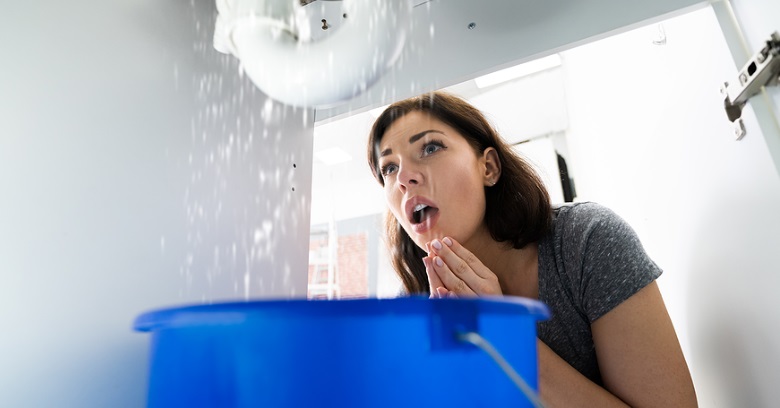Handling Water Damage Following a Pipe Burst - Practical Steps
Handling Water Damage Following a Pipe Burst - Practical Steps
Blog Article
Here in the next paragraph you might get additional good facts on the subject of Rules For Handling Water Damage.

What should you do if a water pipe ruptureds in your house? The longer you wait, the a lot more severe the damages that can occur to your building. For these factors, you require to find out exactly how to act in the occasion of a burst water pipe.
Turn off the Key Waterline Valve
Look for the neighborhood shut-off valve to transform off the water in one details area just. If you do not know where the localized shut-off shutoff is, go for the primary water line shutoff and transform it off. Typically, the main shutoff is located outside the residence next to the water meter.
Call Water Damage Restoration Pros for Assistance
After closing the water source, call the professionals for assistance. With their professional assistance, you can avoid much larger water damage consisting of deformed walls, loosened ceramic tiles, or harmed structures.
Record the Damage For Insurance coverage
While you're waiting for the pros to arrive, get some paperwork of the damages triggered by the wayward pipeline. Take images as well as videos of every little thing. Do close-up shots of the damaged belongings and also spots. Your documents will function as evidence for your house owner's insurance policy. Maintaining aggressive with this circumstance aids you to sue for protection, which will certainly even more support you and also your family to come back on your feet.
Recover Things That Can Be Saved
Check out the damaged items and also take out the most crucial ones from the pile when you're done taking photos. Dry them off in a dry/warm area away from the broken area as well as try to maintain them as much as you can. Drag as much dampness as you can to the material so it can begin to dry.
Begin the Drying Refine
You need to start the drying out procedure as soon as possible. The good news is, the water from your waterlines is already clean so you do not need to worry about sewer water. The moving water might have interrupted the dirt and particles in your floorboards and also rugs. In this case, put some gloves on and begin some damage control. Usage containers to dump out the water. Blot out as much water as you can from the surfaces with old towels. Activate an electrical fan or open your windows to advertise air circulation. These steps will hasten to completely dry as well as hinder mold and mildew and also mildew growth.
Professionals are the only people qualified to assess correctly and repair the burs pipelines and succeeding damages. As always, pipes don't simply instantly burst out of heaven. They usually offer quiet red flags like bubbling paint, water spots. Weird noises in the plumbing, caving ceiling, stuffy odor, or peeling wallpaper. Keep in mind of these indications and do some preventive measures so you can nip any type of concerns in the bud.
What should you do if a water pipe bursts in your home? For these reasons, you need to learn how to act in the event of a ruptured water pipeline. After closing the water source, call the professionals for aid. With their specialist assistance, you can prevent much bigger water damage consisting of warped walls, loosened tiles, or damaged frameworks. Thankfully, the water from your waterlines is currently clean so you do not have to fret about sewage system water.
Steps to Deal with a Burst Pipe and a Flooded House
Disconnect your electrical
To prevent electrocution, make sure the electrical systems in your home are turned off. Do not wade into standing water with the power on. If water is blocking your path to your breaker box, look for a main shutoff on the exterior of your home or call an electrician.
Stop the source of the flooding
If your flooding is caused by a burst pipe or valve rather than an act of nature, it should be fairly easy to stop at its source. Just turn off the main water shutoff valve. Some homes have a valve located near where the main water line enters your home, while other homes have a valve attached or adjacent to a water meter, which is sometimes buried near the street.
Call your insurance company
Your water damage will most likely be covered under your homeowners insurance policy. The first step to start the claims process is to call your insurer to let them know about the situation. To make sure that your claim is successful, ask your insurer whether a claims adjuster needs to visit your home to document the damage before you begin the cleanup and repair process, or if your photos of the damage will suffice.
Document everything
No matter what your insurer says, it's always a good idea to carefully document all the water damage to your home to assist with your insurance claim. Simply take photos and videos with your phone and make note of everything the water touched, including your possessions and the structure of your home itself.
Remove standing water
If the water is primarily in your basement, and you have a floor drain, you may be able to use a squeegee mounted on a handle (pick one up at any hardware store) to push water to the drain, or use a mop and bucket. With most of the standing water removed, use a wet-dry vac (make sure to remove the filter for dry vacuuming) to start removing water from harder-to-reach areas.
Start drying out your home yourself
While you are waiting for your contractor to get started, you can begin the process of drying out your home by following these steps: a) open your windows to let moist air escape; b) start as many dehumidifiers as possible; c) cycle your HVAC system between heating (to 80 degrees) and cooling (to 60 degrees), which pulls moisture into the air and then removes it. You can rent industrial-size blowers and dehumidifiers to speed up the drying process.
Prevent mold and mildew caused by water damage
The damage to your home and property is only half the battle. If not properly dealt with, water damage can have farther-reaching effects on your home and health in the form of toxic mold and mildew. In fact, these secondary effects are often worse than the initial property damage, so it's important to take them seriously and dry out the affected areas as quickly as possible. If a surface can't be dried quickly, it should be removed and discarded. If you are working with a water damage cleanup company, they will have the proper equipment to dry out your home. If you are cleaning up the water damage yourself, be sure to educate yourself on how to remove and repair wet drywall and insulation, as well as flooring.
https://www.crddesignbuild.com/blog/10-steps-to-deal-with-a-burst-pipe-and-a-flooded-house

I'm very excited about Do s And Don ts In Case Of Water Damage and I hope you enjoyed the new blog posting. Sharing is nice. Helping people is fun. Thank-you for going through it.
Top-notch care? Dial. Report this page